-
Planet at the Crossroads: Insights From IUCN’s World Conservation Congress
›
At this year’s International Union for Conservation of Nature (IUCN) World Conservation Congress, more than 10,000 scientists, activists, and leaders from around the world committed to finding “nature-based solutions” to reversing environmental declines and securing a healthy, livable planet.
-
As Ivory Becomes Bigger Issue, Environmental Peacebuilding Gaining Ground at IUCN World Congress
›
A traditional conservation approach to climate change (e.g., habitat restoration, species protection) has been a primary tenet of the International Union for Conservation of Nature (IUCN) agenda for decades. But this fall at the quadrennial World Conservation Congress in Hawai’i there were new discussions about tackling climate change in the context of national security and environmental peacebuilding.
-
Wild Laws: China and Its Role in Wildlife Trafficking
›China Environment Forum // From the Wilson Center // September 12, 2016 // By Evie Kirschke-Schwartz -
“Time for Action”: A 2016 IUCN World Conservation Congress Preview With Inger Andersen
›“The time for talk is done; it is now the time for action,” says Inger Andersen, director general of the International Union for Conservation of Nature (IUCN), in an interview before the 2016 World Conservation Congress.
-
European Parliament Passes Conflict-Minerals Bill; UN Releases Report on Money Flows in DRC
› A new report prepared by the UN Environment Program and UN peacekeeping operation in the Democratic Republic of Congo (known as MONUSCO) found that just two percent of the total value of illicit natural resources smuggled from the country comes back to armed groups. Still, these funds, which amount to around $13 million a year, allow some 25 to 49 groups to continue operating in the country’s war-torn eastern provinces. Much more, as much as 50 percent, ends up in the hands of transnational criminal networks with the remaining profits flowing to individuals or companies elsewhere in the DRC or in Uganda, Rwanda, and Burundi.
A new report prepared by the UN Environment Program and UN peacekeeping operation in the Democratic Republic of Congo (known as MONUSCO) found that just two percent of the total value of illicit natural resources smuggled from the country comes back to armed groups. Still, these funds, which amount to around $13 million a year, allow some 25 to 49 groups to continue operating in the country’s war-torn eastern provinces. Much more, as much as 50 percent, ends up in the hands of transnational criminal networks with the remaining profits flowing to individuals or companies elsewhere in the DRC or in Uganda, Rwanda, and Burundi. -
Is Wildlife Trafficking a National Security Threat?
›Trafficking of illegal wildlife goods is quickly becoming one of the most lucrative illicit businesses in the world. With growing demand in Asia, an industry that was once fed by isolated, small-scale poaching incidents is now run by well-organized, transnational criminal networks, similar to narcotics and guns. The Obama administration labeled wildlife trafficking as a national priority in 2013 and released a National Strategy for Combatting Wildlife Trafficking in 2014. A detailed implementation plan for the strategy followed this year, identifying key steps and implementing agencies to help end trafficking in the United States and abroad.
-
Wildlife Trafficking a Silent Menace to Biodiversity
›June 4, 2009 // By Alan Campana Wildlife trafficking is the third-largest criminal industry worldwide—after drugs and the sex trade—involving $20 billion in global trade each year. Illegal wildlife traffickers are difficult to track down, as they employ increasingly sophisticated methods, showing higher levels of organization and technological savvy. In addition, the resources devoted to halting wildlife trafficking are extremely limited, due in part to other issues—such as terrorism and climate change—dominating the international dialogue. Animal trafficking has become a forgotten crisis, and with devastating impacts on species’ survival and ecological health, said experts at a May 20 Wilson Center meeting.
Wildlife trafficking is the third-largest criminal industry worldwide—after drugs and the sex trade—involving $20 billion in global trade each year. Illegal wildlife traffickers are difficult to track down, as they employ increasingly sophisticated methods, showing higher levels of organization and technological savvy. In addition, the resources devoted to halting wildlife trafficking are extremely limited, due in part to other issues—such as terrorism and climate change—dominating the international dialogue. Animal trafficking has become a forgotten crisis, and with devastating impacts on species’ survival and ecological health, said experts at a May 20 Wilson Center meeting.
Global Traffic Problems
The extent of wildlife trafficking is difficult to assess, in part due to the large legal trade in wildlife that often acts as cover for smugglers. Laurel Neme, author of Animal Investigators: How the World’s First Wildlife Forensics Lab is Catching Poachers, Solving Crimes, and Saving Endangered Species, pointed out that every year 25,000 primates, 2-3 million birds, 10 million reptile skins, and more than 500 million tropical fish are legally traded, and it is believed that illegal trade at least matches, and probably exceeds, these numbers. Rare and endangered species are in particular danger of being trafficked, since rare animals generally fetch a higher price on the black market. For instance, ounce for ounce, rhino horn is worth more than diamonds, fetching $50,000 per kilogram.
The scope and complexity of trafficking is the primary obstacle to confronting it. Wildlife trafficking knows no borders and involves countries in every region of the globe. Traffickers are also diverse, ranging from petty criminals to criminal organizations to terrorists. While wildlife trafficking is a global problem, the two largest participants are China and the United States.
Jamming Traffic
Kevin Garlick of the U.S. Fish and Wildlife Service (FWS) outlined the challenges facing U.S. law enforcement officials investigating the supply side of trafficking. For one, the industry is very lucrative; a sea turtle skin that sells for $70 in Mexico can be made into boots that sell for $500 in the United States. Organized crime has become increasingly involved, resulting in detailed planning and financial support for trafficking operations, sophisticated forgery of permits, and international management of huge shipments.
In contrast, enforcement officials lack human and financial resources. The FWS has 115 wildlife inspectors who staff only 38 of the nearly 300 points of entry into the United States, as well as 199 criminal investigators who pursue leads from confiscations and tips. By way of comparison, the FBI has 2,000 and the Drug Enforcement Agency has 5,000 investigators.
China’s Wildlife Challenges
WWF’s Crawford Allen explained that increasing affluence in China is leading to increasing demand for traditional medicines, which often include parts of rare animals; unusual meats, which are considered delicacies; and luxury products such as tiger bone wine. Rising demand in China has fueled a number of wildlife crises, particularly for tiger, elephant, and freshwater turtle populations.
China’s Southeast Asian neighbors have been affected by China’s growing wealth. For instance, the pangolin, a nocturnal anteater that is sought after for its meat, as well as its skin (for fashionable leather) and scales (an ingredient in traditional Chinese medicine), is now highly endangered. Today, the pangolin trade is so profitable that organized traffickers have set up processing plants to butcher and package the meat, which is shipped out via airplane and is difficult to identify. The 100 tons of pangolin seized last year in Southeast Asia are only “the tip of the iceberg,” according to Allen.
Despite the seriousness of the global wildlife-trafficking situation, the speakers agreed that there is hope in the increasing international cooperation that is taking place and in scientific improvements in investigative techniques.
By China Environment Forum Intern Alan Campana. Edited by China Environment Forum Director Jennifer Turner.Photo: Illegal medicinal products in China. Courtesy of Flickr user avlxyz.
Showing posts from category wildlife trafficking.


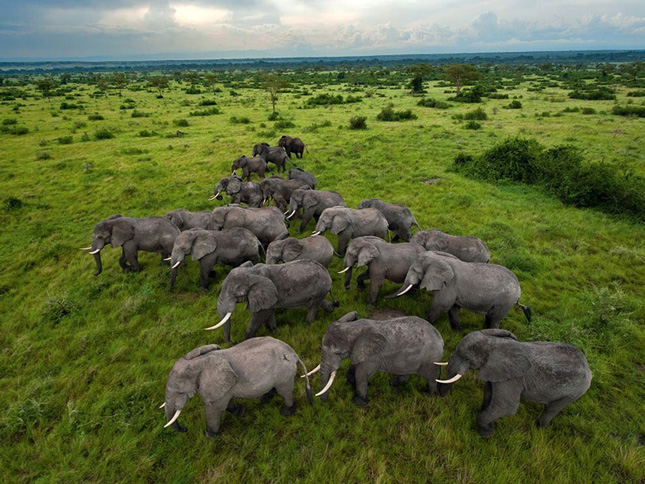
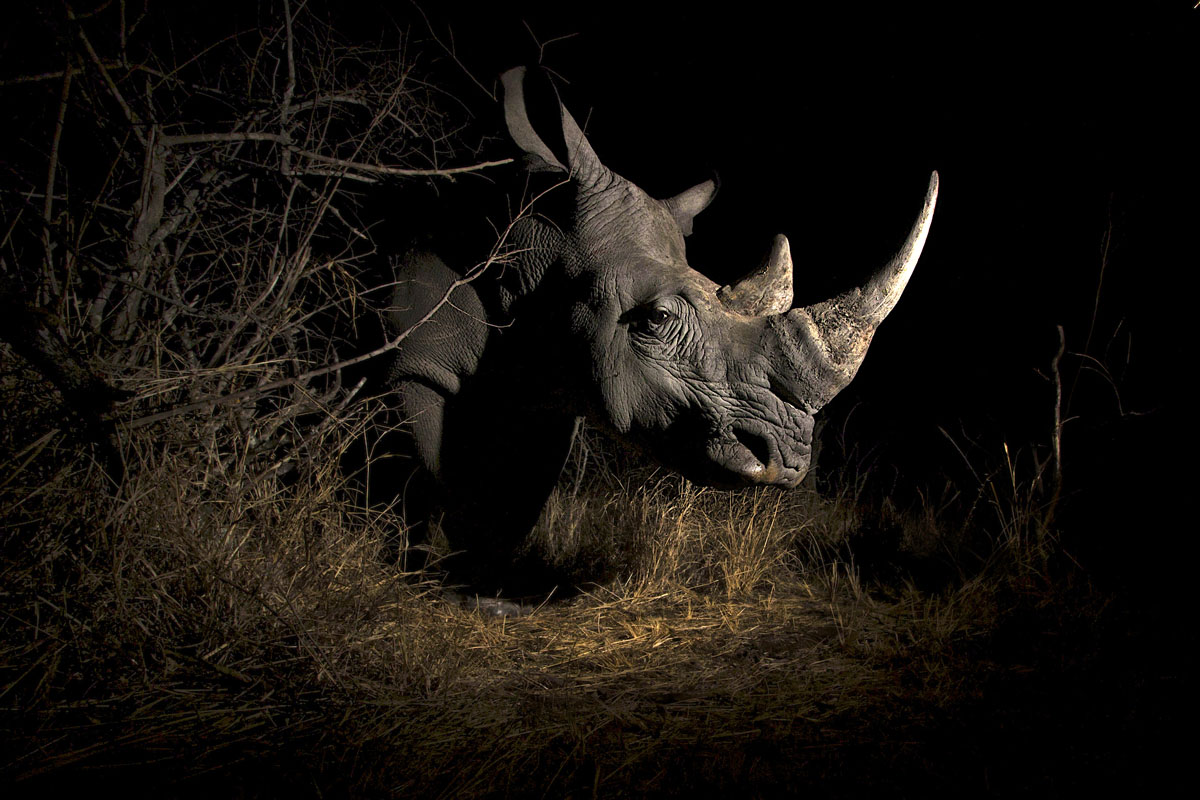
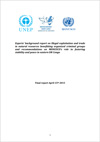
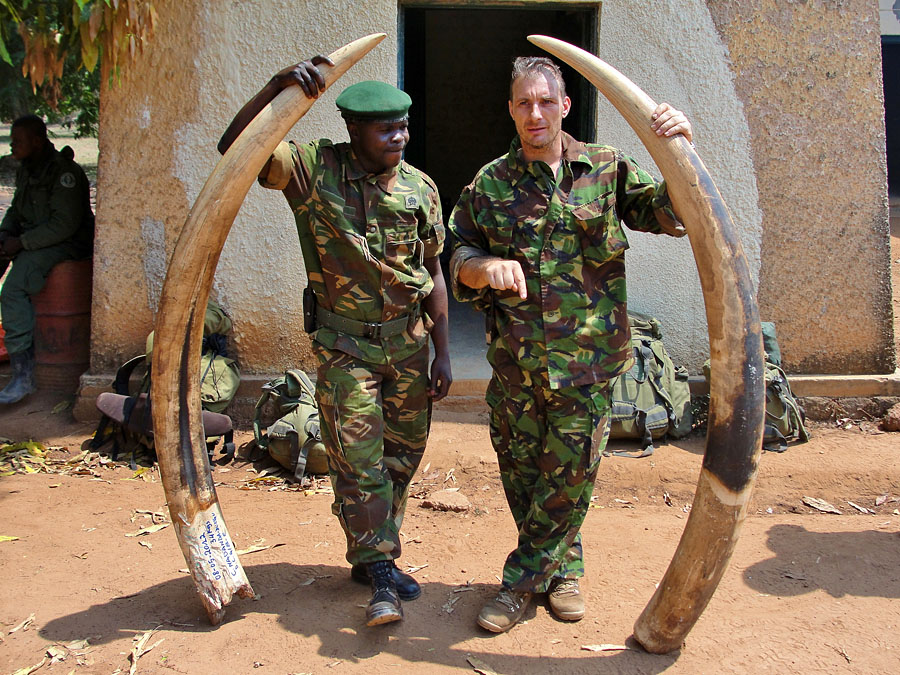
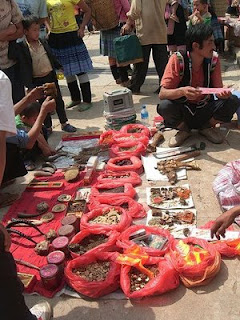 Wildlife trafficking is the third-largest criminal industry worldwide—after drugs and the sex trade—involving $20 billion in global trade each year. Illegal wildlife traffickers are difficult to track down, as they employ increasingly sophisticated methods, showing higher levels of organization and technological savvy. In addition, the resources devoted to halting wildlife trafficking are extremely limited, due in part to other issues—such as terrorism and climate change—dominating the international dialogue. Animal trafficking has become a forgotten crisis, and with devastating impacts on species’ survival and ecological health, said experts at a
Wildlife trafficking is the third-largest criminal industry worldwide—after drugs and the sex trade—involving $20 billion in global trade each year. Illegal wildlife traffickers are difficult to track down, as they employ increasingly sophisticated methods, showing higher levels of organization and technological savvy. In addition, the resources devoted to halting wildlife trafficking are extremely limited, due in part to other issues—such as terrorism and climate change—dominating the international dialogue. Animal trafficking has become a forgotten crisis, and with devastating impacts on species’ survival and ecological health, said experts at a 

